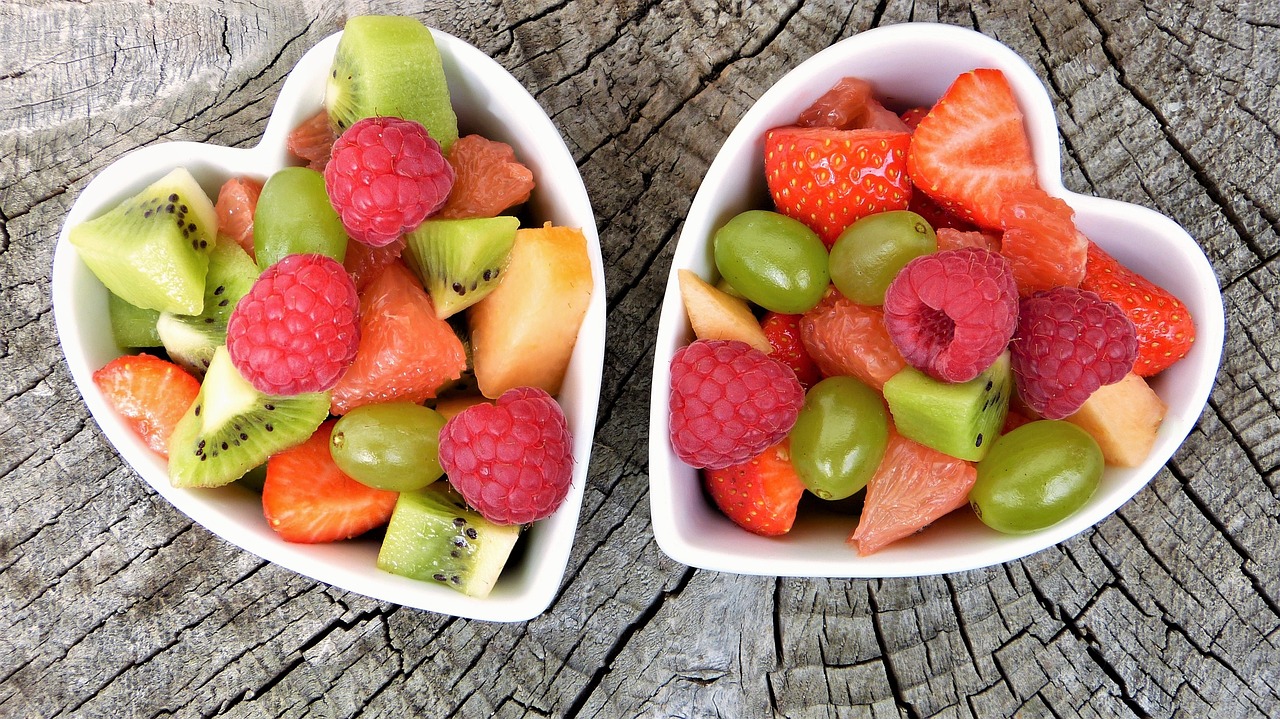
Fresh fruits are a valuable source of vitamins.
Vitamin is a compound term formed by the Latin word vita ( "life" ) and the chemical concept amine (coined by the Polish biochemist C. Funk ). Vitamins are organic substances that are present in foods and that are necessary for the balance of vital functions .
Vitamins must be ingested in fair doses and in a balanced way to improve physiological functioning. The human body can synthesize only a small part of the essential vitamins; That is why it is essential to obtain them from food .
It is important to keep in mind that both deficiency and excess of vitamins in the body can cause serious diseases . That is why nutrition must be balanced and based on natural foods. A lack of vitamins is known as avitaminosis , while an excess of vitamins is called hypervitaminosis .
Sources of vitamins
The main sources of vitamins are raw vegetables and fresh fruits .
It should be taken into account that overcooking food or preparing it too long in advance generates a significant loss of vitamins in the products, which is why it is recommended to eat raw vegetables whenever possible.
Classification according to type
There are different types of vitamins, which are identified according to a capital letter.
Vitamin A , for example, is present in carrots and broccoli, among other foods, and is very beneficial for the development of vision ; Vitamin B appears in bread, while vitamin C is found in citrus. Other known types of vitamins are E , K and P.

Cooking at high temperatures can cause loss of vitamins.
Vitamin deficiency
As mentioned in previous paragraphs, vitamin deficiency represents a very worrying situation for our body. Therefore, it is essential to consume fresh fruits and raw vegetables, the most important source of vitamins, in a dose of five or more servings per day. Let's look at some of the recommendations regarding cooking food to avoid nutrient loss:
- Avoid cooking at high temperatures.
- When you intend to boil food, the best practice is to immerse it in natural water and only then bring it to a boil.
- Any process that you want to carry out on the food (cooking it, chopping it, squeezing it) is advisable to carry it out shortly before eating it.
- It is not beneficial to remove the cereal peel or fruit skin, since they are great sources of vitamins.
- The better the quality of a fruit or vegetable, the greater its nutritional value, which is why it is advisable to pay special attention to its appearance before making a purchase.
- Freezing food generates a decrease in the molecular quality of certain vitamins, leaving them, for the most part, inactive. Therefore, it is advisable to always keep them fresh.
How to boost vitamin content
It is interesting to note that, although many industrial processes have a negative impact on the vitamin content of foods, some practices can increase it, such as:
- The fermentation of certain foods, such as bread.
- Seeds that are sprouted for use in salads.
On the other hand, there are certain industrial processes that collaborate to reduce the level of vitamin losses caused in food; Let's look at some examples:
- One of the benefits of steaming rice is that the minerals and vitamins present in its peel adhere to the heart, so the loss is not so significant when peeling it. It is important to note that unhusked rice has an average of 5 times more vitamin B1, among others, than peeled varieties.
- The sterilization process known as ultrapasteurization or uperization (UHT) has the purpose of reducing the number of microorganisms found in products such as fruit juices, preserving their vitamin content as much as possible, and eliminating those enzymes that are responsible for destroying nutrients. .
